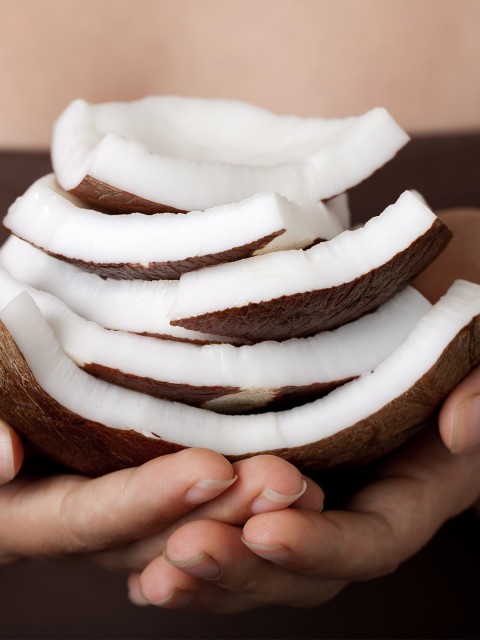Damiana is a wild deciduous plant found in Mexico, United States and South America. It has been used as an ingredient of liqueurs products in Mexico. The usable parts are dried leaves and stems. Nowadays, damiana has been mainly promoted as one of the most effective aphrodisiacs for women.
Botanic name: Turnera diffusa, Damiana aphrodisicaca, Turnera aphrodisica
Damiana is also referred to by other names, such as miziboc, old woman’s broom, shepherd’s herb, herba de la pastora, Mexican Damiana, or stag’s herb.
Damiana contains alkaloids, essential oils, resin, tannins, possibly caffeine, and flavonoids (such as arbutin).
Traditionally damiana is used:
- For hormonal balance
- During menopause
- For frigidity
- To treat colic
- During childbirth
- To treat anxiety
- Depression (associated with hormonal changes such as menopause)
- As a mild stimulant
- To enhance stamina
- As a laxative
While damiana leaves were used in food and beverages and for flavouring, legends say that in ancient Maya, Mayan Indians used damiana as an aphrodisiac and to prevent loss of balance. Today, damiana has gained popularity as an effective sexual dysfunction herbal remedy, or as an aphrodisiac. It is believed that damiana can enhance sexual activity, especially in women.
Did you know: Damiana has been also used for magical uses such as in lust infusions, as lust spells and to produce visions when burned.
Damiana consumption
Damiana as a tea: pour a cup of boiling water onto 1 teaspoon of the dried leaves. Leave it for 10 minutes. Drink three times a day.
